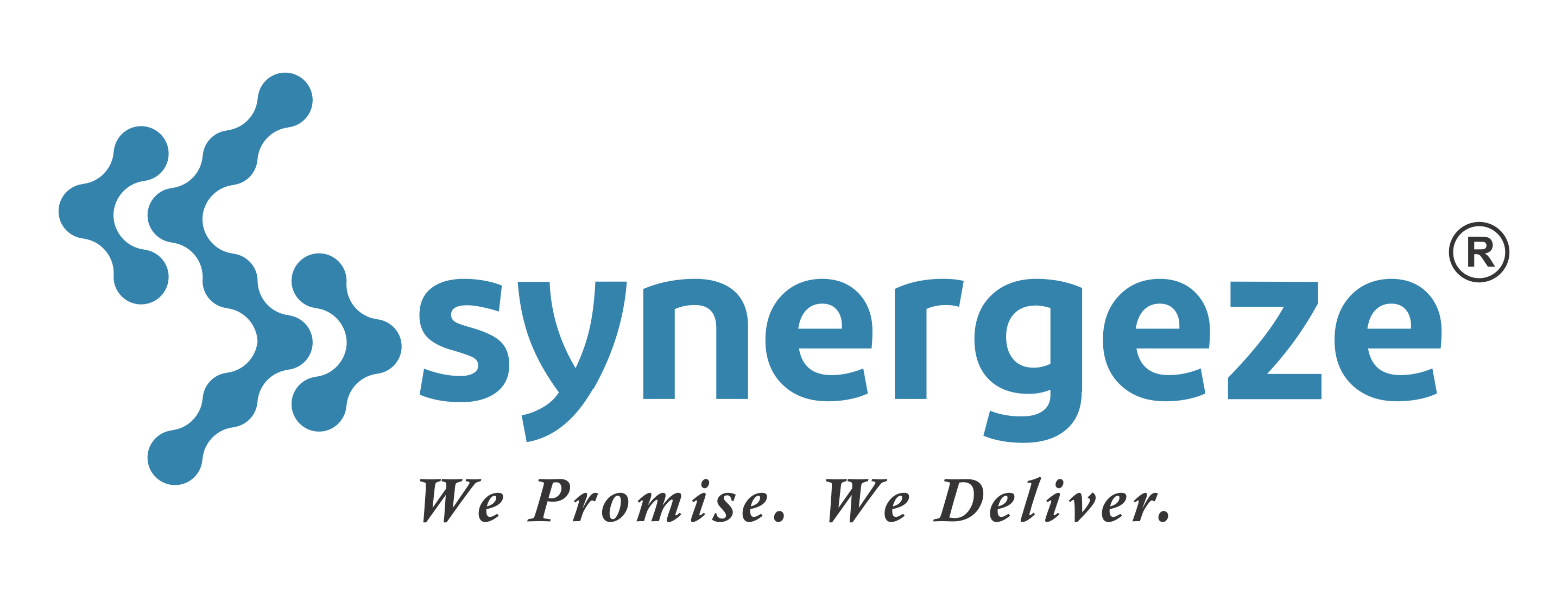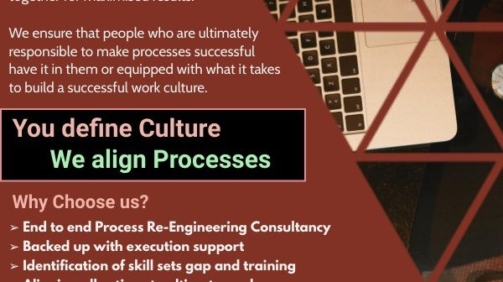𝑰𝒏𝒗𝒆𝒏𝒕𝒐𝒓𝒚 – 𝑩𝒍𝒐𝒐𝒅 𝒐𝒇 𝑶𝒓𝒈𝒂𝒏𝒊𝒔𝒂𝒕𝒊𝒐𝒏
We are now familiar with inventory and its common issues. Let move ahead
𝑾𝒉𝒂𝒕 𝑰𝒔 𝑰𝒏𝒗𝒆𝒏𝒕𝒐𝒓𝒚 – 𝒂𝒏𝒅 𝒉𝒐𝒘 𝒎𝒂𝒏𝒚 𝒕𝒚𝒑𝒆𝒔 𝒂𝒓𝒆 𝒕𝒉𝒆𝒓𝒆?
Inventory is the raw materials, components and finished goods a company sells or uses in production. Accounting considers inventory an asset. Accountants use the information about stock levels to record the correct valuations on the balance sheet.
Inventory is often called stock in retail businesses: people frequently use the term “stock on hand” to refer to products like apparel and housewares. While there is a difference between the two, the terms inventory and stock are often interchangeable.
There are 13 different types of inventory:
~ Raw materials: These are the materials a company uses to create & finish products. When the product is completed, the raw materials are typically unrecognizable from their original form, such as oil used to create shampoo.
~ Components: These are similar to raw materials except that they remain recognizable when the product is completed, such as a screw.
~ Work-in-progress (WIP): WIP refers to items in production & includes raw materials or components, labor, overhead & even packing materials.
~ Finished goods: These are items that are ready to sell.
~ Decoupling inventory: It is the term used for extra items or WIP kept at each production line station to prevent work stoppages.
~ Safety stock: It is the extra inventory a company buys and stores to cover unexpected events.
~ Packing materials: There are 3 types of packing materials. Primary packing protects the product & makes it usable. Secondary packing is of finished good and can include labels or SKU information. Tertiary packing is bulk packaging for transport.
~ Cycle inventory: Companies order cycle inventory in lots to get the right amount of stock for the lowest storage cost.
~ Service inventory: This concept refers to how much service a business can provide in a given period. A hotel with 10 rooms, has a service inventory of 70 one-night stays in a given week.
~ In transit inventory on books: Also known as pipeline inventory, it is stock that’s moving between the manufacturer, warehouses and distribution centers.
~ Theoretical: Also called book inventory, this is the least amount of stock a company needs to complete a process without waiting.
~ Excess: Also known as obsolete, it is unsold or unused goods or raw materials that is not expected to be used or sold, but costs to store.
~ Maintenance, Repair and operations: MRO is often in the form of supplies, that supports making a product or the maintenance of a business.
So now you know that any inventory you need to manage you can simply reach out to Synergeze Consultants Private Limited for end-to-end solutions of your issues & guidance thereon.




